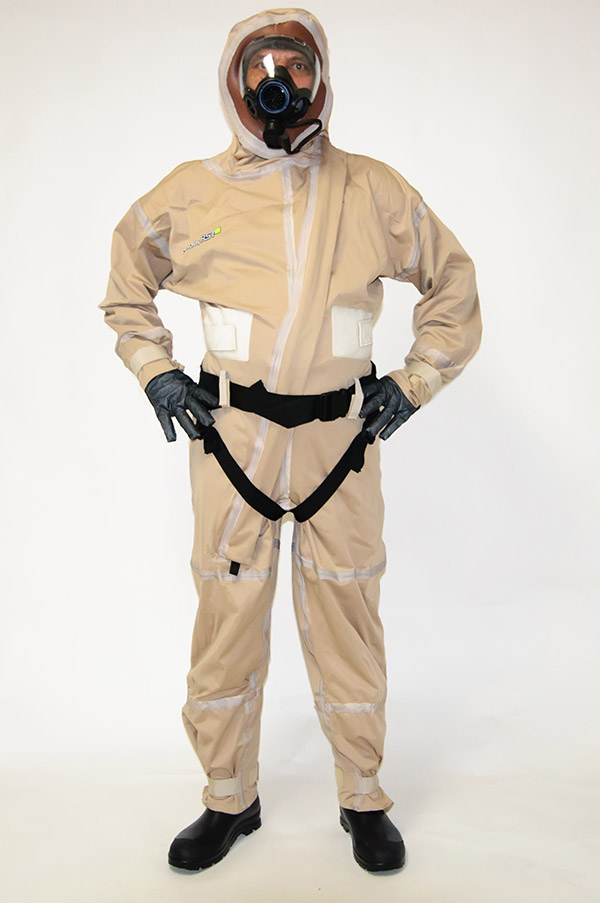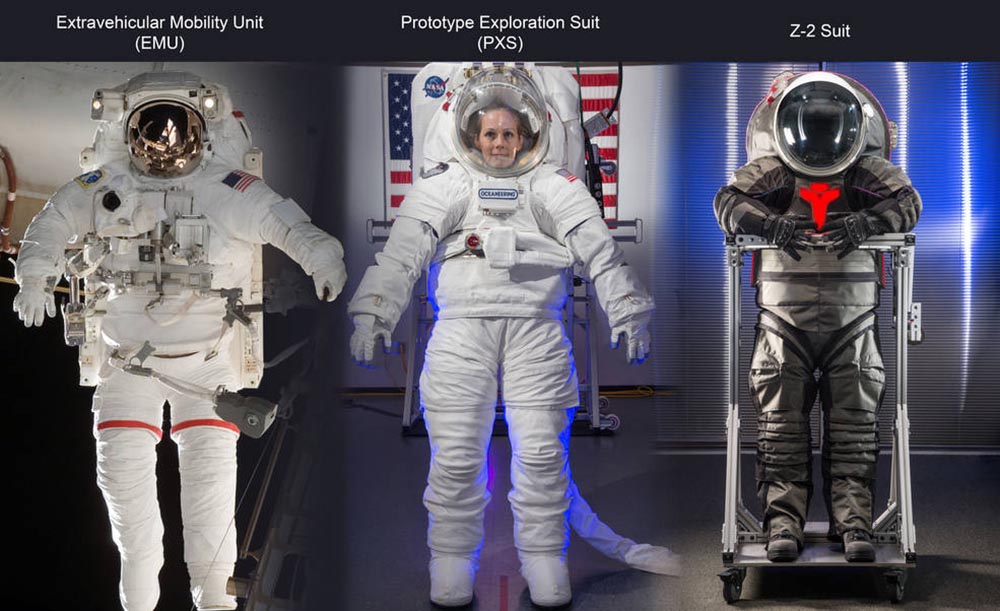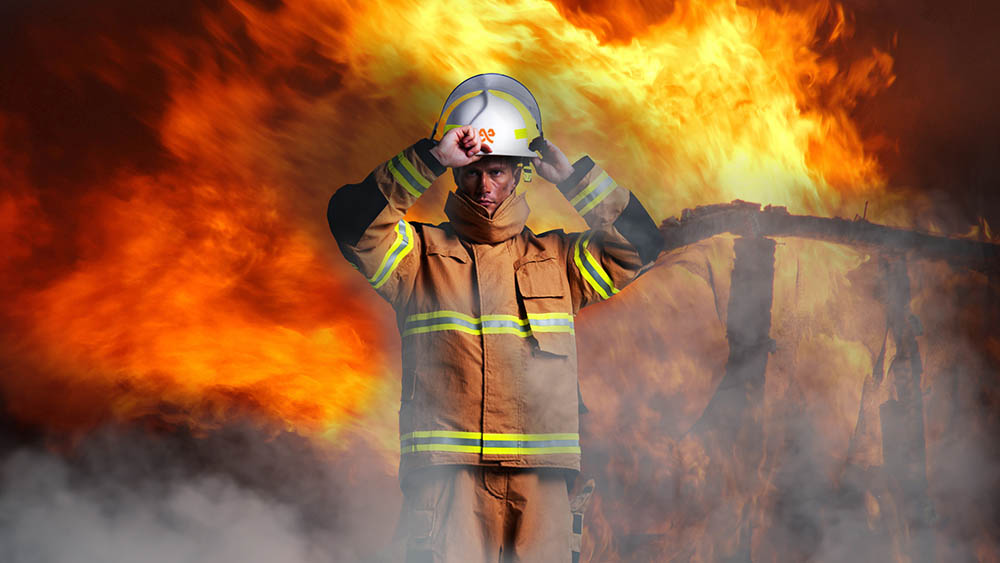
The second half of the 20th century saw a dramatic increase in the need for personal protection. The rise of health and safety requirements in the workplace has required the use of protective apparel for workers in many industries, while the threat of chemical and biological terrorist attacks, as well as natural pandemics, have become key political issues.
As a result, global demand continues to rise for personal protection equipment (PPE). A key factor is market growth in emerging countries, where PPE is finding application in the fast-growing industrial sector.
The global PPE market was valued at $39.7 billion in 2016, according to a recent study published by Coherent Market Insights. The market is expected to show a compound annual growth rate of 6.1% over the next few years to reach $65.9 billion by 2025.
The main growth drivers include technology advancement, such as integration of Bluetooth and wireless technologies, along with stringent government regulations for enhanced occupational safety.
Occupational health hazards
Different types of PPE are provided by employers worldwide in many industries to protect employees from occupational health hazards.
In general PPE is defined as equipment that protects the user against health or safety risks at work. PPE refers to protective clothing, helmets, goggles and other garments or equipment designed to protect the wearer’s body from injury or infection.
The hazards addressed by protective equipment include physical, electrical, heat, chemicals, nuclear, biohazards and airborne particulates.
Protective apparel
Protective textiles/clothing is now a major part of the technical textiles industry. Textiles for personal protection are designed to protect against heat, cold, fire, ultraviolet (UV) light, chemicals, microorganisms, electrostatic charges and other threats.
It includes weatherproof and winter-proof clothing, cold-store clothing, equipment for rescue services, survival equipment, textile-reinforced armor, equipment for security services and the military, fire-blockers, stab and ballistic

Technologies has introduced Demron
ICE: the world’s first full-body suit that protects against viral, biological and chemical threats using a patented self-cooling fabric that is ASTM F1671 Blood and Viral Penetration Resistance-certified.
protection, and high-visibility textiles.
The range of physical, chemical and biological hazards – and the means of combating them – continues to increase and become more complex. This has led to the development of new fibers, fabrics and apparel constructions designed to provide improved protection and safety, while maintaining comfort and efficiency.
Such clothing requires enhanced wash-and-wear properties, and need to be lightweight and comfortable, especially in countries with extremely hot or cold climates.
Smart textiles
A key trend is the development of smart fabrics that can be used for garment lining systems that wick moisture away from the wearer, and tough, durable outer-shell fabrics that form barriers against hazards.
Natural fibers, such as cotton and wool, for comfort are often blended with high-performance fibers synthetic for performance and protection properties.
High-performance fibers include such brands as Nomex (meta-aramid). Vectran (an aromatic polyester spun from liquid crystal polymer), Twaron, Kevlar (both para-aramid fibers), Dyneema (ultra-high molecular weight polyethylene) and Zylon (polyparaphenylene benzobisoxazole), as well as carbon fibers.
Ballistic protection
High-performance fibers for ballistic protection include Kevlar, Dyneema, Spectra and Zylon. For protection against knives and needles, a tight weave with film lamination and an abrasion coating are often used to improve weapon penetration resistance.
Multi-threat protective body armor offers protection from various threats including blunt trauma. It can be made of polyamide multifilament yarn coated with silicone to improve resistance against ageing and reduce air permeability.
Pressure protection
Protection against atmospheric pressure hazards is a specialist area, such as deep sea diving, astronauts working in space and military pilots. Protective clothing designed to cope with this hazard encompasses fully air-impermeable suits with their own air supply, which must not leak under a high pressure differential.
The life support system of an extravehicular activity space suit, for example, has to remove the heat and moisture generated by the astronaut.
Environmental hazards
Where environmental hazards such as cold, heat and water are an issue, protective clothing is used to maintain body temperature, and has been an area of extensive research and development.
A particular innovation is the use of phase-change materials (PCMs) in which paraffinic hydrocarbons that can store and release thermal energy are added to manmade fibers during spinning or encapsulated on fabrics during finishing. These PCMs help keep the body at a constant temperature – cool in hot conditions and warm in cold climates.
Clothing that protects against fire hazards are made from such flame-retardant (FR) fibers as Nomex, Kevlar, glass and carbon.
Firefighters’ clothing, for instance consists of a FR inner layer composed of a moisture barrier, thermal barriers and lining, while the outer shell provides flame resistance, thermal resistance and mechanical resistance; suitable fibers include aramids and polybenzimidazole (PBI).

advances such as regenerable carbon dioxide removal and water evaporation systems.
Biological hazards
Biological hazards cover a range of threats such as biological warfare, insects, food contamination and infections from diseases.
Protective garments need to be resistant against infectious agents and be fully encapsulated. In particular spunbond nonwovens or nonwoven/film laminates are used to provide a barrier or enable a chemical release mechanism for protection.
Electric hazards
Electric hazards include electrostatic charge, lightning strike and high-voltage electricity. Protection includes the use of conductive fibers such as carbon fibers, synthetic fibers, metal fibers with a carbon core and conductive polymer fibers. These include, for example, fibers with a carbon core and sheath of polyamide or an aramid fiber core and a sheath of carbon.
Radiation hazard
Radiation hazard is a problem in the nuclear power industry and in healthcare. Conventional disposable nonwoven apparel, such as polyethylene spunbond materials, does not prevent against gamma rays, but does stop radioactive particles from contacting the skin.
A recent development is Demron radiation-shielding fabric, which comprises a polymer film between woven and nonwoven fabric layers. The polymer is a composite of polyurethane and polyvinyl chloride that incorporates organic and inorganic salt particles that block X-rays and low-energy gamma, alpha and beta emissions.
Sun protection
Sun protection clothing is designed to reduce exposure to ultraviolet radiation (UVR), which can not only cause sunburn, but also lasting skin damage, skin cancer and eye disorders.
In general less UVR passes through tightly woven or knitted fabrics, while darker colors and heavier fabrics block more UVR than lighter colors and lighter fabrics. Long sleeves, ankle-length trousers and knee-length skirts and dresses are common styles to protect against sunlight.
Meanwhile, some fabrics used in sun protection clothing can be pre-treated with UV-inhibiting ingredients during manufacture to enhance their effectiveness.


